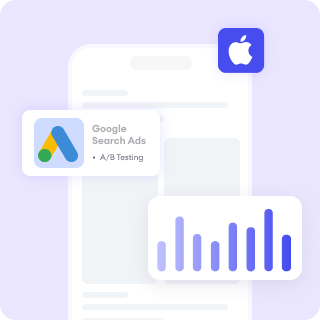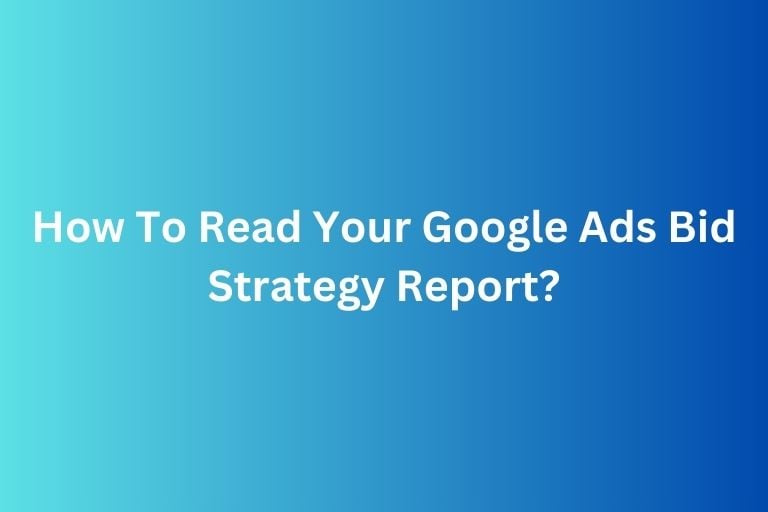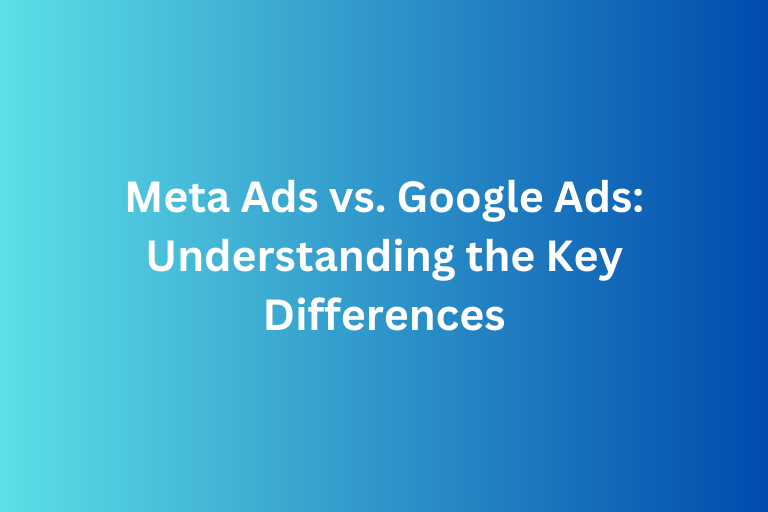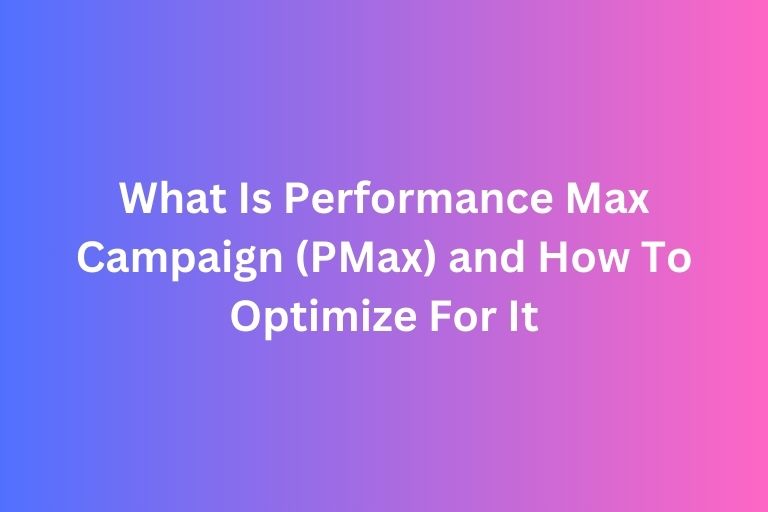Whether it’s the text, images, or videos you use, the quality and relevance of your assets can make or break your Performance Max (PMax) campaign. Understanding how to evaluate and optimize asset performance is critical to maximizing your return on investment (ROI).
Learn more: What Is Performance Max Campaign (PMax) and How To Optimize For It
What Are Assets in PMax?
Assets in PMax campaigns are the building blocks of your ads. These include:
- Headlines: The short, catchy text that grabs attention.
- Descriptions: Longer text that provides more detail about your product or service.
- Images: Visual elements that attract and engage users.
- Videos: Dynamic content that captures attention and drives engagement.
When you create a PMax campaign, you provide a variety of these assets, and Google’s AI automatically combines them to create ads tailored to different audiences and platforms.
How Does Asset Performance In PMax Work?
Google evaluates the performance of each asset based on metrics like impressions, clicks, and conversions. Performance is then categorized into four levels:
- Best: High-performing assets driving the most conversions.
- Good: Performing well but with room for improvement.
- Low: Underperforming and not contributing effectively.
- Learning: New assets still being tested by the AI.
Regularly monitoring these ratings in your campaign’s asset report is essential for maintaining strong performance.
Tips to Optimize Asset Performance For PMax
1. Provide Diverse and High-Quality Assets
The more variety you provide, the better Google’s AI can test and optimize your campaigns. Include:
- Multiple headlines and descriptions with different tones and messaging.
- High-resolution images that align with your brand.
- Engaging, professionally shot videos.
2. Focus on Relevance
Ensure your assets are closely aligned with your target audience’s preferences and your campaign goals. For example:
- Use imagery that resonates with your audience demographics.
- Tailor headlines to highlight specific benefits or features your audience values.
3. Monitor Asset Reporting
Use the asset performance report in Google Ads to:
- Identify your “Best” and “Good” assets and double down on similar themes or styles.
- Replace “Low” performing assets with fresh, high-quality alternatives.
4. Leverage Video
Video assets are increasingly important in PMax campaigns. If you don’t provide a video, Google will auto-generate one, which may not align with your branding. To avoid this:
- Create short, engaging videos showcasing your product or service.
- Use captions or text overlays to communicate key messages quickly.
5. Test and Refresh
Even top-performing assets can grow stale over time. Regularly introduce new creatives to:
- Maintain audience interest.
- Test new ideas and discover untapped opportunities.
How Asset Performance In PMax Impacts ROI
High-performing assets ensure that your ads are engaging and relevant, which leads to:
- Higher Click-Through Rates (CTR): Compelling assets attract more clicks.
- Better Conversion Rates: Relevant messaging encourages users to take action.
- Efficient Use of Budget: Google’s AI allocates more impressions to high-performing combinations, ensuring your budget is used effectively.
Common Mistakes To Avoid
- Providing Limited Assets: Restricting the variety of assets limits Google’s ability to optimize.
- Ignoring Low Performers: Failing to replace underperforming assets can drag down campaign results.
- Skipping Video Content: Not including videos can result in less engaging, auto-generated content.
Final Thoughts
The importance of asset performance in PMax campaigns cannot be overstated. High-quality and well-optimized assets can directly affect your campaign’s success. By making sure your ads are engaging, relevant, and impactful, it can drive higher click-through rates, better conversion rates, and efficient budget use, which ultimately can increase your ROI.
Improve your app and website performance with FoxAdvert!
If you are looking forward to improving your app performance, our professional team of paid advertising experts at FoxAdvert can help you. Contact us today to start your journey 😊











